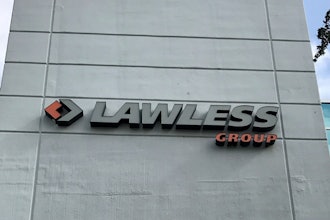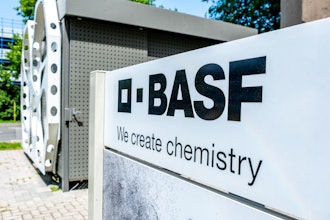
Is prolonged inflation on the horizon? Costs are undoubtedly rising, with global economic experts closely monitoring developments and pundits making predictions. Inflation has an obvious impact on consumers, but the upstream effect on distributors is just as profound.
Resurgent demand post-pandemic, coupled with many companies’ significant challenges to acquire raw materials to manufacture products or goods to stock distribution centers, has led to a “perfect storm” that is causing prices to soar on everything from diapers to steel. Acting swiftly has never been more important. Yet, many companies are utilizing spreadsheets and other manual tools in an attempt to respond with price increases for this critical task.
While we hit a 13-year high in the consumer price index inflation rate (5 percent) in mid-June, so far, the federal government and Wall Street generally agree the situation is temporary. That’s cold comfort to any business currently scrambling to source steel, iron, lumber, cotton, copper, and any number of other materials that are trading at a premium price. Distributors who have been less than intentional and data-driven in their pricing approach risk letting this (hopefully) short-term crisis put them at a long-term strategic disadvantage.
The Trouble with Relying on Spreadsheets
The average B2B company struggles to keep up with cost changes even under more “normal” economic times. According to Zilliant’s Global B2B Industry Benchmark Report, B2B companies lose nearly 9 percent of available margin annually due to inefficient and misaligned market pricing, largely caused by slow, overly broad, and inefficient processes to increase prices when costs rise.
The frequency and scale of what we call “pricing triggers” — external events that cause a B2B company to execute price changes — have steadily increased in recent years. In times of market volatility, as the volume and velocity of pricing triggers increase, the inefficiencies in a company’s pricing process are exposed. The practice of setting and updating pricing in B2B remains largely a gutfeel process, initiated as a reaction to various triggers and often handled using spreadsheets and email. When costs rise, speed and time are of the essence.
Anecdotally, in my conversations with distribution leaders, it’s not uncommon to hear that it can take up to four months to update pricing when costs change. Unfortunately, while that lead time was once sufficient, today the market moves much faster. To put it bluntly, spreadsheets are no longer up to the task.
At this juncture, data science, AI and cloud-native pricing software can help distributors more effectively respond in all go-to-market channels in real-time. Consider this quote from Pete Eppele who has more than 20 years of experience helping Fortune 500 companies use data science to improve pricing:
“By the time the decision is taken to increase prices, manually change the price lists, matrices, and customer agreements, brief the sales reps and inform customers, the market has already changed again. Reactive pricing strategies are slow, at least by the standards of the fast-paced digital world we now live in.”
There are a variety of strategies a company might employ in response to this period of hyper-volatile costs and potential inflation. A heavy-handed “peanut-butter spread” of price increases, wherein a price increase is imposed uniformly across all customers and products, has a way of sacrificing sales and not delivering the desired margin results. Manual tools can hamstring a pricing team that is trying to execute a price change.
A More Powerful Approach: Tackle Inflation with Speed and Specificity at Scale
Companies can’t afford to be fast and wrong or slow and right. Yet, as we’ve established, the manual pricing tools that make up the status quo for many B2B organizations have become active impediments to effectively managing price. Companies that utilize modern price optimization, price management and deal management software have discovered that it is possible to be surgical and speedy, at scale.
These solutions can aggregate the necessary input data, multiple price lists and customer agreements in one place at a scale that is difficult with manual tools. In the case of cost volatility, like we are seeing today, aggregating updated cost files from multiple suppliers and understanding which products, price lists and customer agreements are impacted by cost changes is significantly more efficient and less error-prone and time-consuming when done in a modern price management software.
Furthermore, rather than passing on costs by increasing prices uniformly across the board, companies can take a more specific, granular approach. Price optimization software can measure the price elasticity of each micro-segment, informing where and by how much companies can pass along cost increases to improve or maintain margins. It might make sense to take price higher than the cost increase for more differentiated products, and make smaller price moves on more commoditized items. The result of this surgical and asymmetric strategy is a more optimized balance of price increases that limits volume loss.
Even better, it’s possible to quickly disseminate updated pricing into any system where it’s needed – eCommerce, CRM, CPQ, ERP, etc. – with visual analytics that provide the rationale behind each price point. By doing so, you can equip any go-to-market-channel with market-aligned prices and give sales reps the ability to quote new prices with confidence.
Pricing and Inflation: Time is of the Essence
The imperative is clear: it’s time to ditch the spreadsheets. Responding to inflation, and all the pricing triggers yet to come, requires a more intelligent, data-science-driven approach. By doing so, you can make your business and pricing processes as dynamic as the market.
 Greg Peters
Greg Peters






















